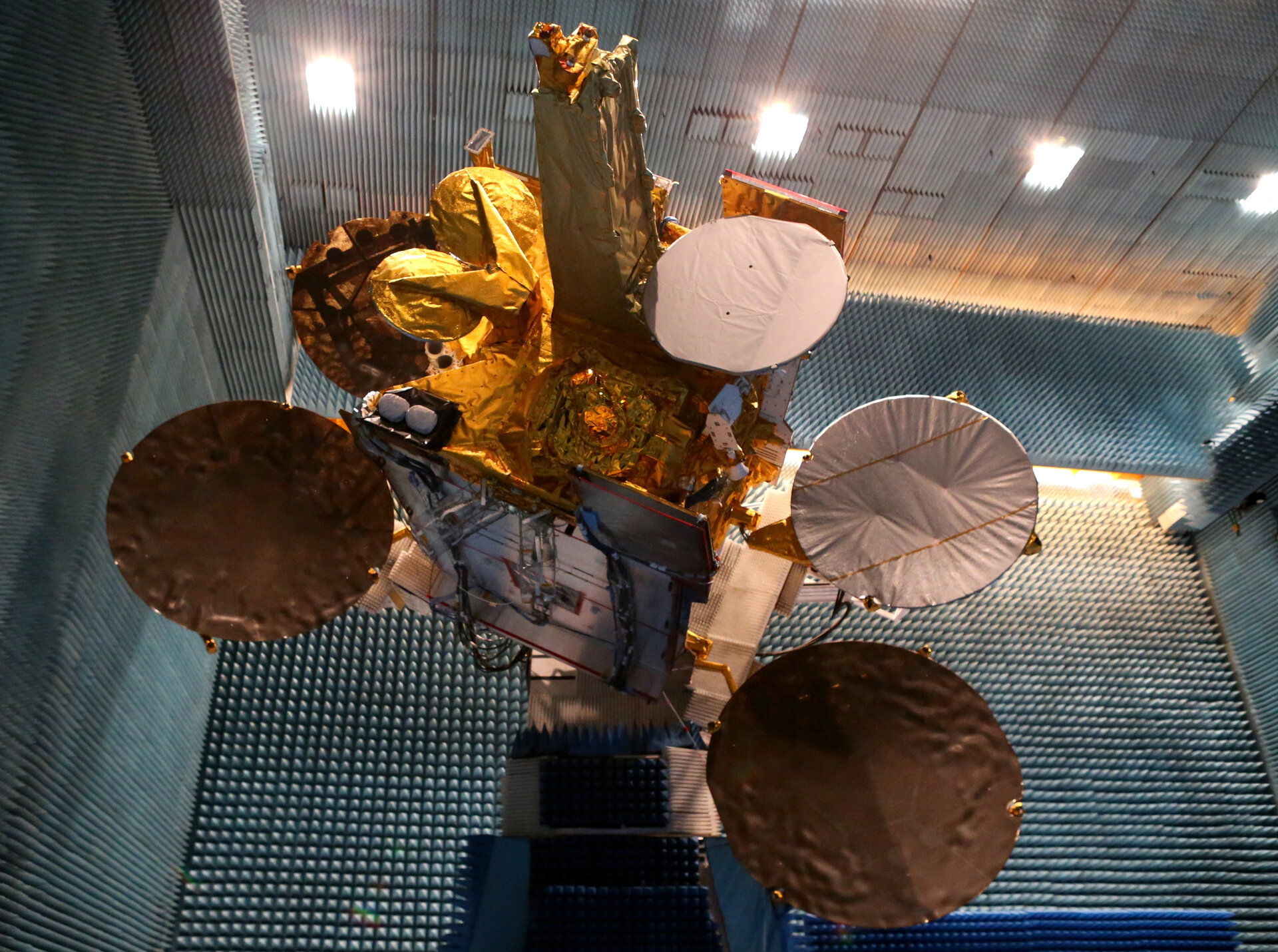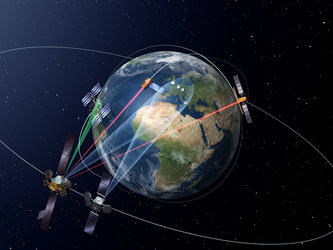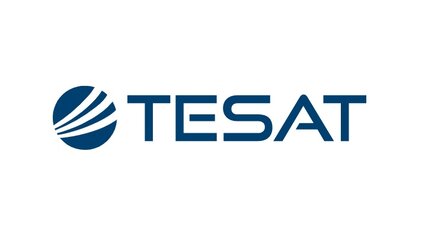European Data Relay System confirms services for Copernicus in cooperation with the European Commission
Following the recent decision confirming the ESA/Airbus Defence and Space (Airbus DS) partnership on the European Data Relay System (EDRS), agreement has been reached with the European Commission (EC) for the provision of EDRS services to the European Union Copernicus programme.
Subsequently, ESA and Airbus DS have signed a service level agreement on 20 February 2015 to provide high-speed communications to the Copernicus Sentinel-1 and -2 dedicated missions, starting in 2015 until 2021, with an option for extension until 2028.
Pier Bargellini, ESA Head of the Copernicus Space Component Mission Management and Ground Segment Development Division, underlined, “A major benefit introduced by EDRS is the provision of Quasi Real Time (QRT) Sentinel products for example for maritime surveillance or sea-ice monitoring applications.
“EDRS allows encryption of data for security applications and provides for increased flexibility in the downlink handling of the large data volumes generated by the Sentinels. Furthermore, in combination with the X-Band ground station network, the EDRS infrastructure enhances the end-to-end reliability of the overall Copernicus Space Component system and thus the availability of data towards the Copernicus users.”
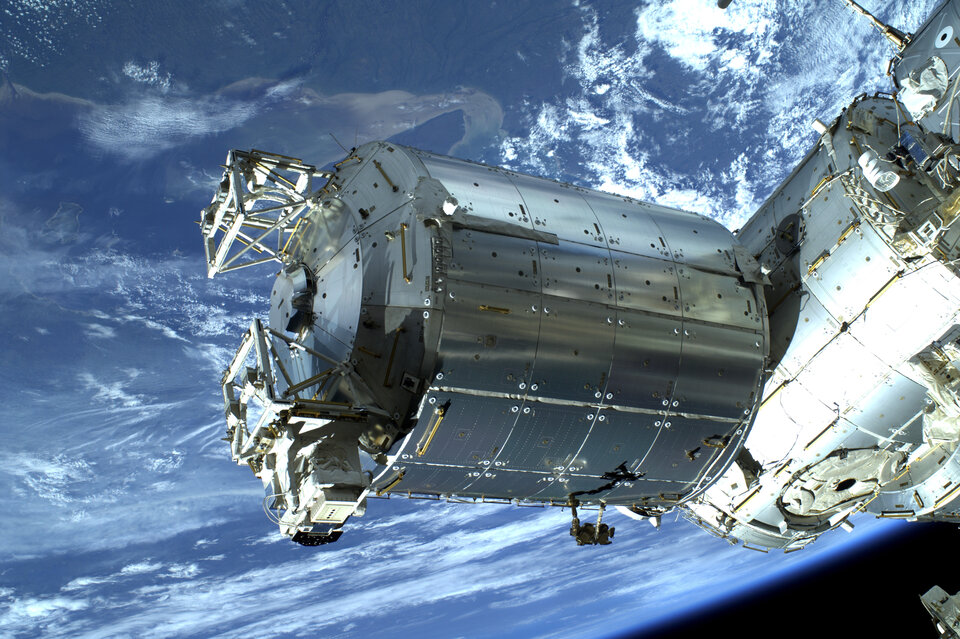
The agreement includes the setup of a Joint Steering Committee, ensuring high-level representation of the EC, ESA and Airbus DS, to monitor EDRS status and evolution with the objective of maintaining EDRS as an autonomous European data relay capability.
At the same occasion, ESA and Airbus DS also signed a service contract providing data relay capacity to other ESA and ESA partner missions in the future. As a first additional user, ESA’s Columbus module on the International Space Station (ISS) is planned to be provided with data relay services starting in 2018.
Daniele Laurini, Head of Development and Future Projects Division, Directorate of Human Spaceflight and Operations, confirmed that, "EDRS will support increased data traffic with the ESA experiments, facilitating experiment integration and reducing operations costs, allow for teleoperations and increase the number of promotion events for the ESA astronauts on board the ISS."
This confirms Copernicus and Columbus/ISS as initial EDRS anchor customers. It allows Airbus DS to invest into the completion and operations of EDRS. Airbus DS is expected to develop the third-party commercial market for EDRS services and to support the evolution of the system towards global coverage. These agreements allow ESA to consolidate its support to the EDRS evolution as initiated at the 2014 ESA Ministerial Council with the GlobeNet Programme.
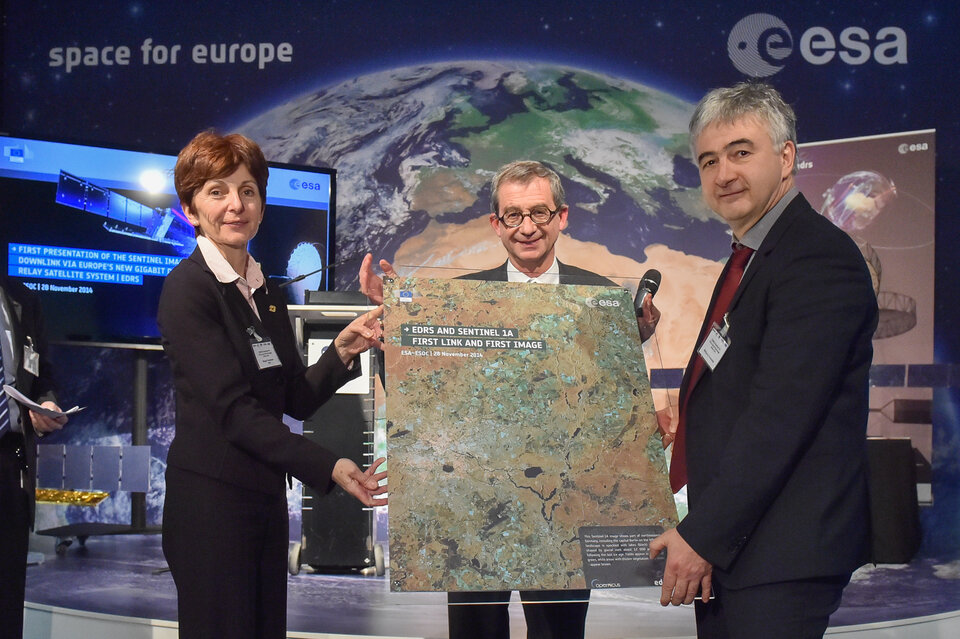
Magali Vaissiere, ESA Director of Telecommunications and Integrated Applications said, “With the recent agreements on EDRS, ESA and its partners have demonstrated what can be achieved based on synergies between national and European initiatives, between R&D and operational programmes, between public funding and industrial investments, and between different programmes at ESA in cooperation with the European Commission.”
GlobeNet Phase 1 as from 2015 supports the development of the EDRS user terminals and services. It supports the wider adoption of EDRS by other users, in particular in the security domain. GlobeNet Phase 2, starting in 2017 aims at complementing the EDRS-A and EDRS-C with an additional geostationary data relay capability planned for launch in 2020, to improve global coverage.
Following the recent successful inflight characterisation campaign of the first multi-gigabit optical inter-satellite link between the Copernicus Sentinel-1A and Alphasat satellites, the confirmation of its anchor customers provides a solid foundation for EDRS, allowing ESA and its partners to implement the programme as planned and secure its evolution.
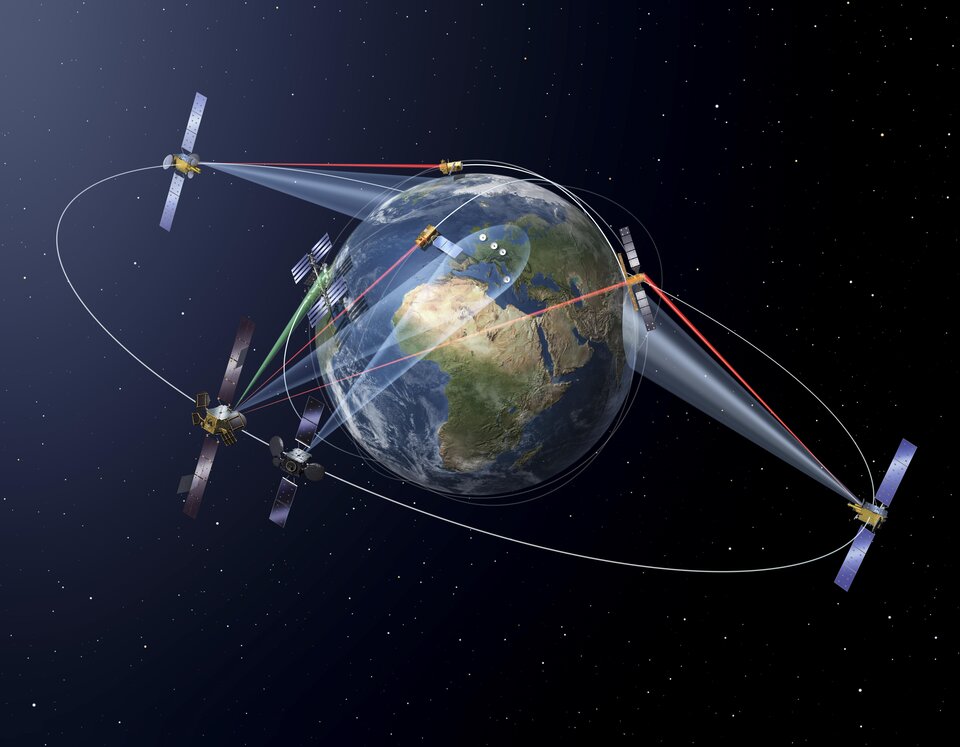
Hermann Ludwig Moeller, Head of Institutional and European Programmes Office, Directorate of Telecommunications and Integrated Applications, added, “Today we are entering into a new phase of the EDRS Programme, with a well-defined cooperation mechanism with the European Commission to establish and maintain a European data relay capability. With GlobeNet, ESA is taking the first steps in the evolution of this capability. ESA, together with DLR, supports international standardisation of the interface of the Laser Communications Terminal (LCT) used by EDRS, creating opportunities for cooperation with space agencies worldwide.”
Like optical fibre on Earth, EDRS, which is also referred to as a ‘Space Data Highway’, will provide laser communications in space with data rates of up to 1.8 gigabits per second. EDRS will provide near-real-time data transfer from Earth observation satellites, drones or aircraft to Earth via geostationary communication satellites. It will provide ESA with the ability to download larger volumes of image data faster and more securely, helping to improve environmental monitoring, disaster response and crisis management. EDRS allows for an entirely new approach of delivering data in quasi real-time, with space systems becoming part of the global Big Data challenge.
The Copernicus satellites Sentinel-1A and -1B and Sentinel-2A and -2B are equipped with Laser Communication Terminals (LCT) developed by TESAT, Germany, and will be the anchor users of EDRS. Besides Copernicus, EDRS will be able to serve commercial and institutional users worldwide.

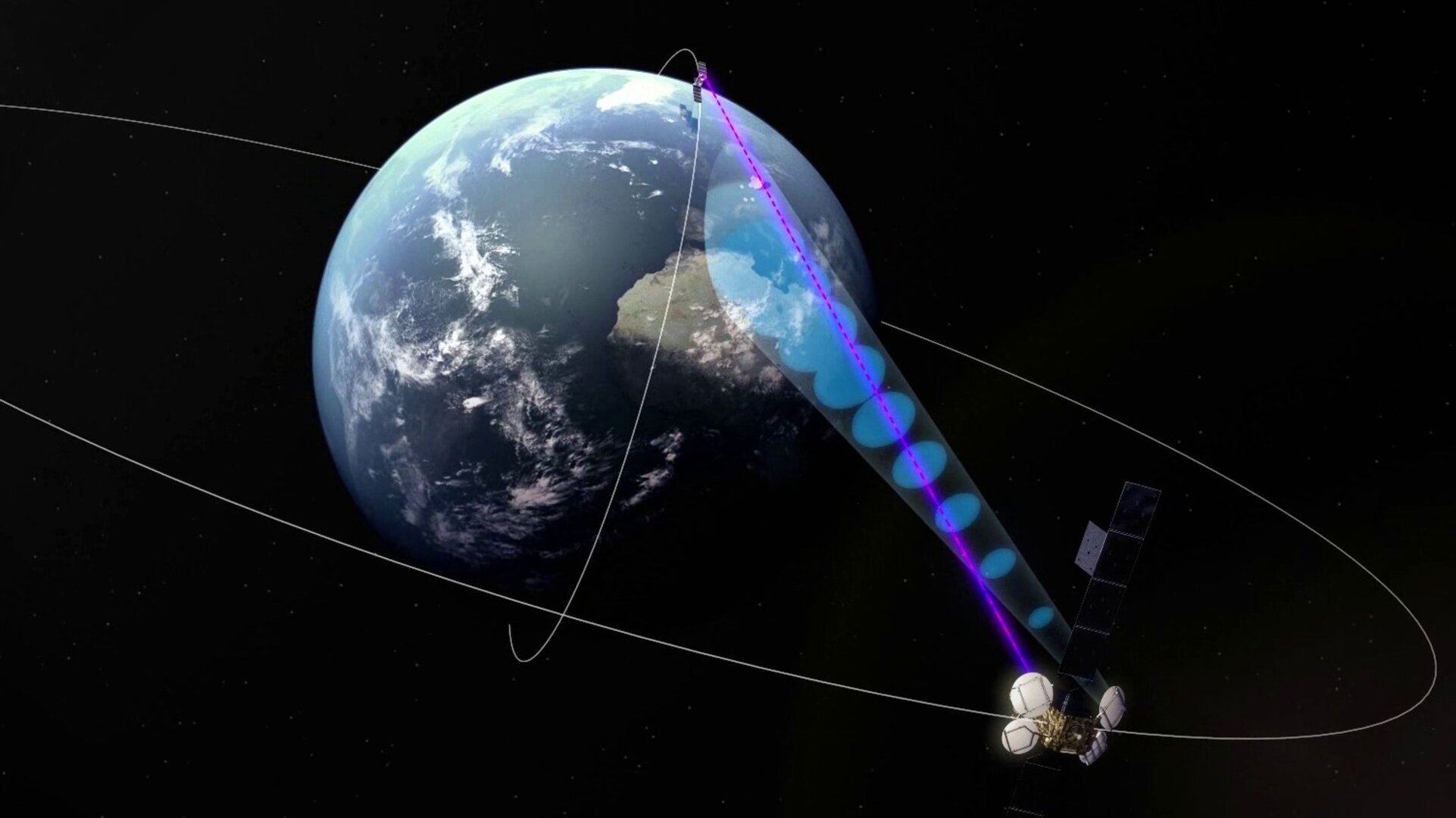
Access the video


